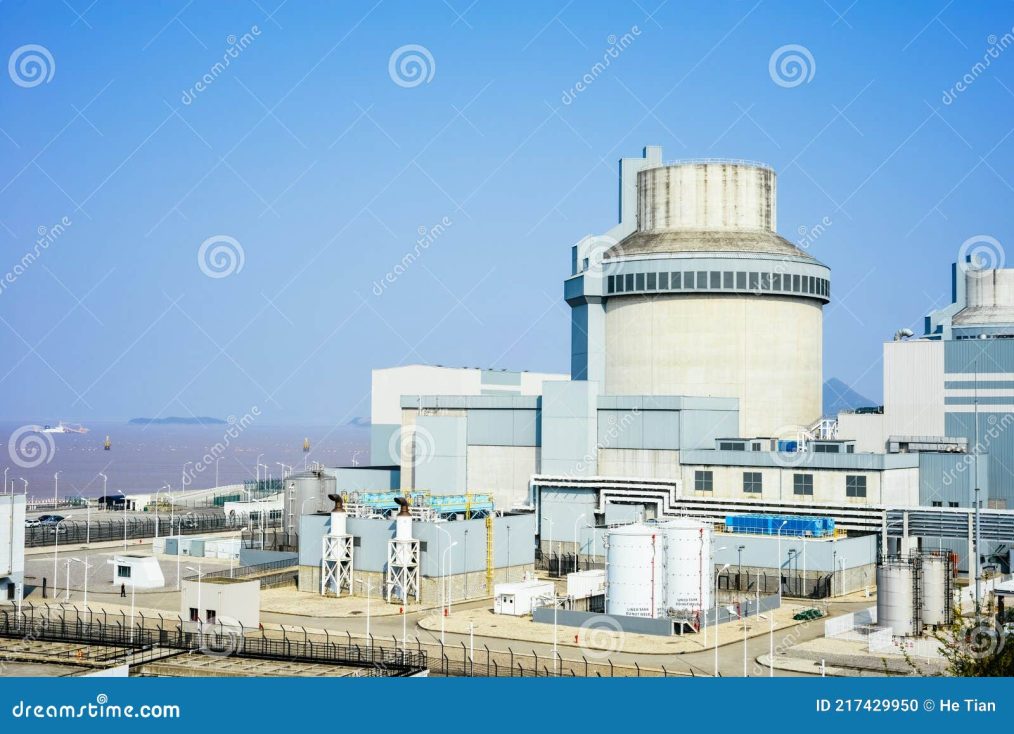
Federal Opposition Proposes Building Seven Nuclear Reactors in Australia
On June 19, the federal opposition announced plans to construct seven nuclear reactors across Australia. The Liberal-National Coalition intends to repurpose retiring coal-fired power stations into nuclear facilities. The proposed sites include Loy Yang Power Station in Victoria’s Gippsland area, Callide and Tarong in Queensland, Port Augusta in South Australia, Collie in Western Australia, as well as Mount Piper in Lithgow and Liddell in the Hunter Valley in New South Wales.
These privately owned sites will be acquired by the government and managed by a Commonwealth corporation, similar to the operations of the National Broadband Network and Snowy Hydro companies. The Coalition plans to initially develop two projects: either the AP1000 by Westinghouse or the APR1400 by Korea Electric Power Corporation, aiming for completion between 2035 and 2037. A full rollout is projected for the 2040s, ahead of the 2050 net zero target.
“We know the [Labor] government has a renewables-only policy which is not fit for purpose,” said Opposition Leader Peter Dutton. He emphasized the need for reliable baseload power to ensure continuous operation of essential services like hospitals and cold storage facilities, which he argues can only be achieved with nuclear energy.
Dutton highlighted the potential for utilizing existing infrastructure, such as the poles and wires currently serving coal-fired power stations, to distribute energy from the new nuclear reactors. He claimed the project would cost significantly less than the government’s net zero policy, which is expected to exceed $1 trillion and includes new transmission infrastructure, wind turbines, solar panels, and battery storage.
Despite the lack of a detailed cost analysis, Dutton argued that countries with nuclear power experience lower energy prices and smoother transitions for workers from coal to nuclear facilities. He noted that the primary difference between nuclear and coal power plants lies in how water is heated to generate steam, allowing most downstream employees to transition easily to nuclear sites.
“We will have more to say in relation to the cost in due course, and as you know, we’ve done this in a step-by-step process,” Dutton added.



